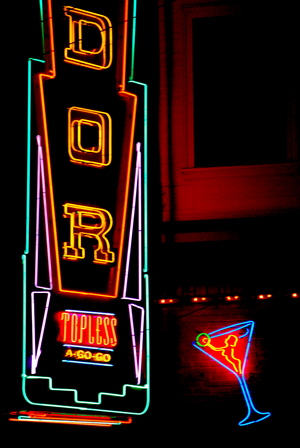Root canal treatment (RCT) is the mode of care that is provided to get you out of pain and to get the infection under control. The situations that warrant such treatment are a) dental abscess, and b) exposure of the pulp (nerve and blood vessels). RCT is also called the endodontic treatment because it is done inside a tooth (“endo” meaning “inside” and “dontic” meaning “related to tooth”).
Once the pulp gets irreversibly exposed, the pain gets excruciating. That is because tooth is a rigid structure. Moreover, the tooth itself is situated within a rigid bony socket. Therefore, any swelling that results in elevated pressure, does not have anywhere to drain. So, the pain gets unbearable. At that point, there is no other way to save a tooth other than performing the Root Canal Treatment.
THE PROCEDURE (explained step by step):
1. The name Root Canal Treatment (RCT) is self-explanatory. The nerve of the central chamber gets exposed in the crown portion of the tooth, which is visible in your mouth.
2. The remainder of the nerve extends throughout the rest of the tooth; i.e., through the entire length of the canals within the roots.
3. The dentists first clean out the decay and then use special tools to get that remaining infected tissue out of those canals of the roots. That is why the procedure has been named Root Canal Treatment.
4. Thoroughly completed procedure involves cleaning the walls of those canals to remove any irregularities. If that is not done, then residual amount of germs can remain and the RCT will fail. In such cases, the abscess will return.
5. Also, the canals need to be prepared in a way where those will have a uniform tapered shape, allowing proper irrigation and flushing out of the germs.
6. Moreover, you have to allow time for the infection to be brought under control.
7. Once that has been achieved, the canals are not left empty or patent. The dentist places a pink, rubbery material called Gutta Percha, which is a chemically inert substance. The idea is to eliminate any dead space that can harbor micro-organisms (germs).
8. All these steps require time. That is why, the normal expectation is that RCT requires multiple visits.
9. We have a lot of germs in our mouth. Therefore, make sure the dentist always uses a rubber dam during the RCT procedure to prevent saliva from seeping into the canal. Otherwise, the procedure will be destined to fail.
10. Some patients experience discomfort after the visit(s). That is again because of the fact that if there is even the slightest amount of swelling of the tissue due to the instrumentation, the pressure builds up and does not have anywhere to drain. You can take Ibuprofen (Advil or Motrin) before going in to keep that minimized.
AFTER THE RCT:
a) Once RCT is finished, the tooth becomes like a thin eggshell. Therefore, you need to go back to your general dentist to get it restored by a build up and crown. A build up replaces the core of the tooth and the crown is like a ‘helmet’ that prevents the tooth from falling apart.
b) Also, over time the tooth that is not restored by a crown gets discolored. This can be problematic, especially if the tooth is in an esthetic region.
c) In general, do not eat anything hard until you get the build up and the crown done to avoid fracture.
d) It is advisable that you wait at least for 2 weeks before getting the build up and the crown done to see if the RCT has been successful. Once the build up is placed, it gets very hard to access the canals again to retreat the tooth.
Root Canal Treatment is nothing scary. First of all, do not pay attention to the horror stories that get conveyed to you. Then understand the procedure, and do your research. Remember, RCT is done under local anesthesia just like any other simple dental procedure.



